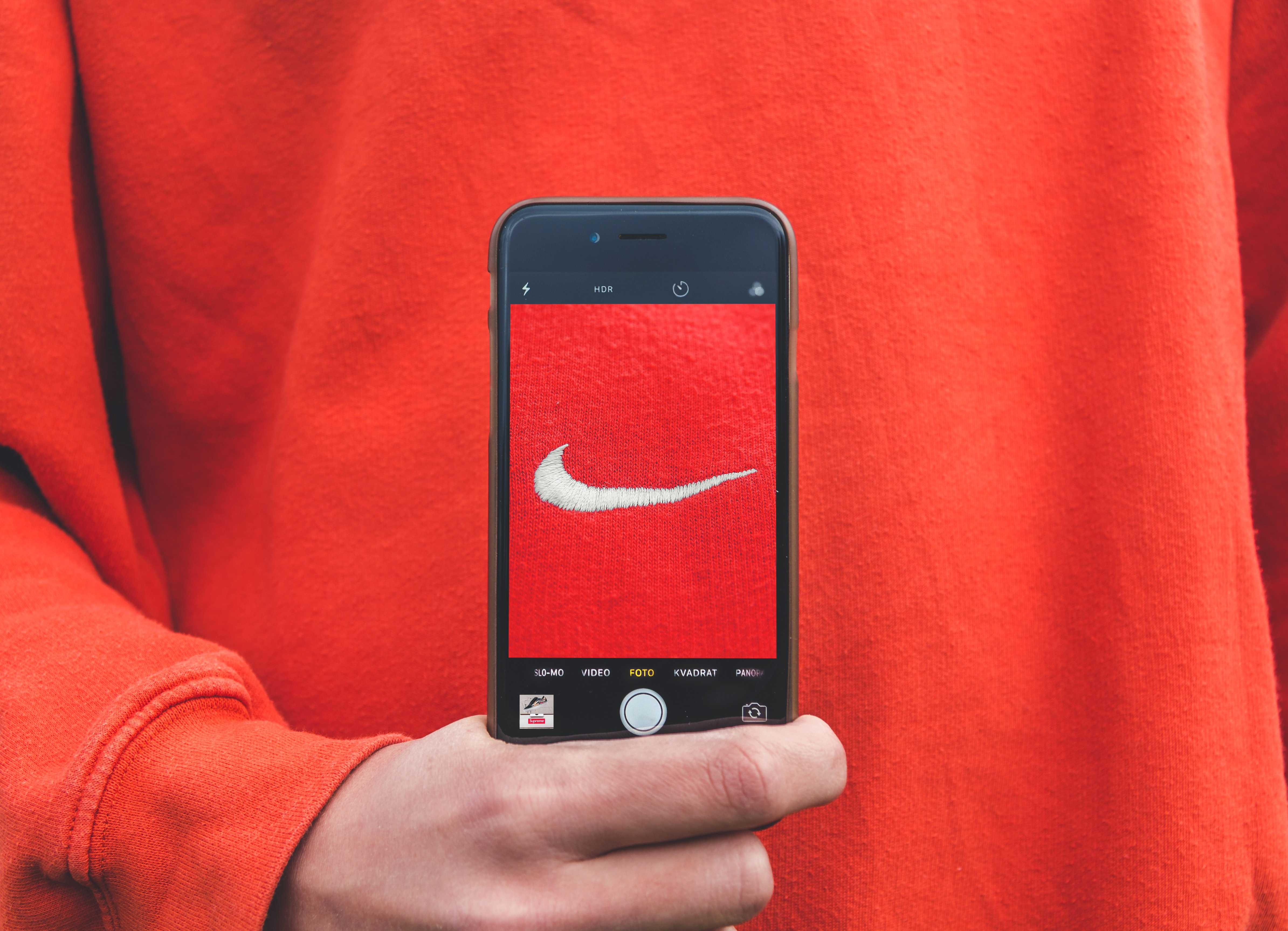When to Pair a Tagline with Your Logo
Your logo is the visual essence of your brand. It's often the first thing your customers see and can significantly shape their perception of your...
3 min read
 Kevin Smith
:
3/1/23 2:33 PM
Kevin Smith
:
3/1/23 2:33 PM

A brand redesign can breathe new life into your business, attract new customers, and give your brand a fresh and modern look. However, it's crucial to understand that a brand redesign is not just about changing your logo, colors, or typography; it's about reimagining and reshaping your brand's identity.
Before you embark on this journey, here are seven key considerations to ensure a successful and effective brand redesign project.

Before starting any project, it's essential to understand the purpose of the redesign. Ask yourself why you want to redesign your brand and what you hope to achieve.
Are you trying to target a new audience?
Do you need to make your brand more modern or relevant?
Or are you trying to fix an issue with your current branding?
By clearly defining your objectives, you'll better understand what you need to change and how to approach the redesign process.
Additionally, having a clear purpose will help you communicate your goals to your team, stakeholders, and any external partners involved in the project.
Understanding your target audience is crucial in any branding effort, especially when it comes to a brand redesign. Consider the demographics, preferences, and needs of your ideal customers, and use this information to guide your redesign decisions.
It's essential to strike a balance between staying true to your existing brand identity and adapting to the evolving needs of your target audience.
By researching and understanding your target market, you can create a brand redesign that resonates with them and effectively communicates your brand message.

Your unique selling proposition (USP) is the value you bring to your customers, setting you apart from your competitors. A successful brand redesign should highlight and emphasize your USP, making it a central part of your brand identity.
When beginning a brand redesign project, take the time to evaluate your current USP and consider whether it needs to be updated or refined.
By aligning your new branding with your unique value proposition, you can ensure a solid and cohesive brand identity that stands out in the market.
A brand redesign is an excellent opportunity to reassess your position in the market and analyze your competitors.
Understanding your competition can help you identify market gaps and growth opportunities.
Additionally, it can provide valuable insights into what works and what doesn't within your industry.
When conducting a competitor analysis, consider your competitors' branding, messaging, product offerings, and marketing strategies.
This information can help you make informed decisions about your brand redesign and create a distinct identity that sets you apart from the competition.

A brand redesign project can be a significant investment in time, money, and resources. Before starting the process, it's essential to establish a realistic budget and determine the resources you'll need to complete the project successfully.
Consider costs such as hiring a branding agency or design team, conducting market research, developing new marketing materials, and launching a rebranding campaign. Understanding and planning for these expenses can help ensure your project stays on track and within budget.
A brand redesign can be a significant change for your organization, and it's essential to have buy-in from your internal team and stakeholders.
Ensure that your team understands the purpose and goals of the redesign and that they are onboard with the changes.
Establish a clear communication plan to keep all parties informed throughout the process. This includes setting expectations, providing updates on progress, and addressing any concerns that arise.
Maintaining open and transparent communication can ensure a smoother transition and help your team confidently embrace the new brand identity.
A successful brand redesign doesn't end with the creation of a new logo or updated visuals; it's also essential to have a solid implementation and launch strategy in place.
This includes updating all your marketing materials, digital assets, and customer touchpoints with the new branding.
Develop a comprehensive rollout plan that outlines the steps and timeline for implementing the new brand across all channels. This may include updating your website, social media profiles, email templates, packaging, and signage.
Additionally, plan for a marketing campaign to announce and promote the new branding to your existing customers and the market in general.
A well-planned launch strategy will help ensure a seamless transition to your new brand identity and create excitement around the redesign.
A brand redesign can be a transformative experience for your business, but it's essential to approach the project with careful consideration and planning.
By understanding your goals, target audience, unique selling proposition, and competitive landscape, you can create a strong brand identity that resonates with your customers and sets you apart from the competition.
With these seven essential considerations in mind, you'll be well on your way to a successful and impactful brand redesign that gives your business an edge.
Sign up for our monthly newsletter to receive updates.

Your logo is the visual essence of your brand. It's often the first thing your customers see and can significantly shape their perception of your...

The word brand is often misused in marketing. The confusion is likely tied to the fact that most “brands” didn’t start out thinking of themselves as...

As companies grow, they typically evolve into needing sub-brands. A sub-brand is simply a division or subsidiary of an existing brand.